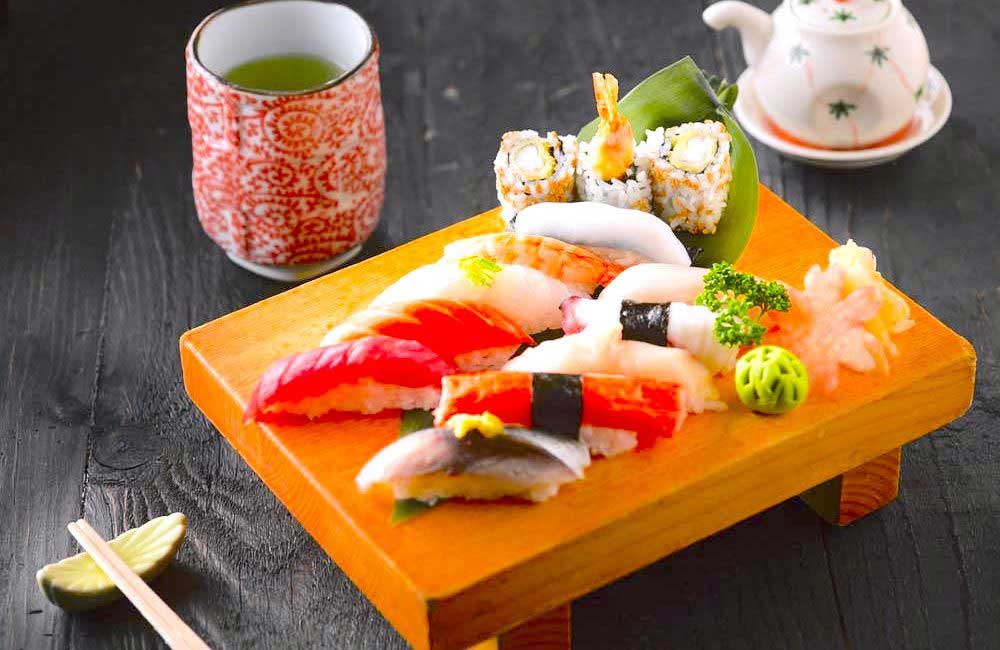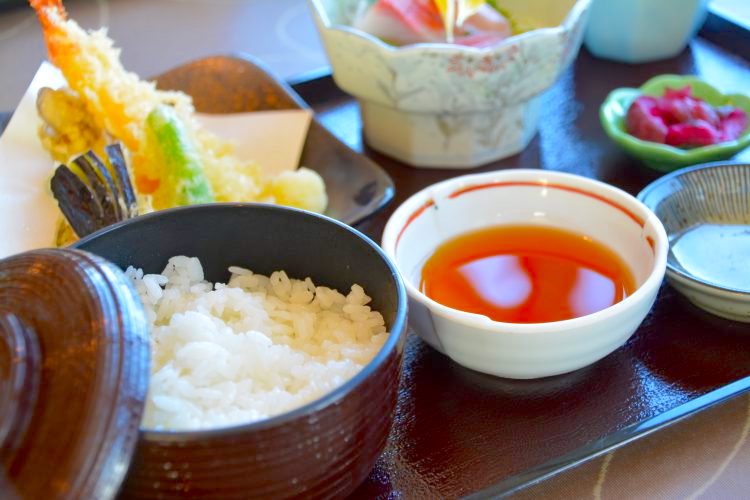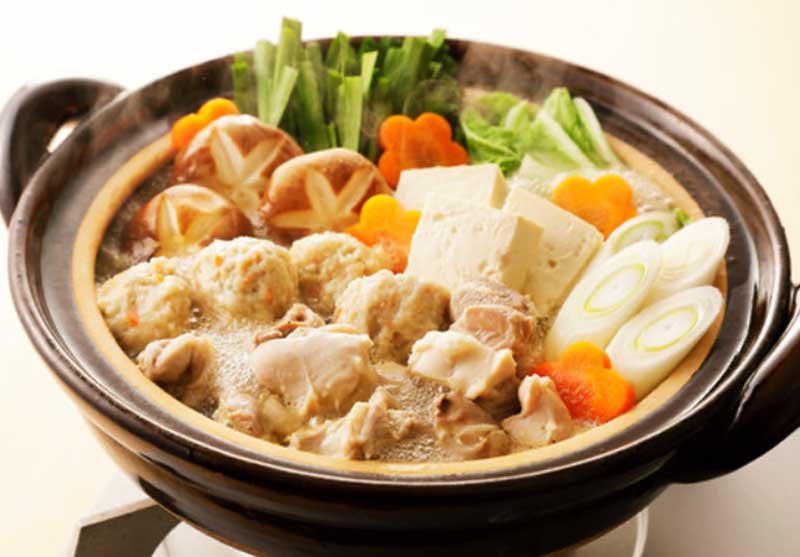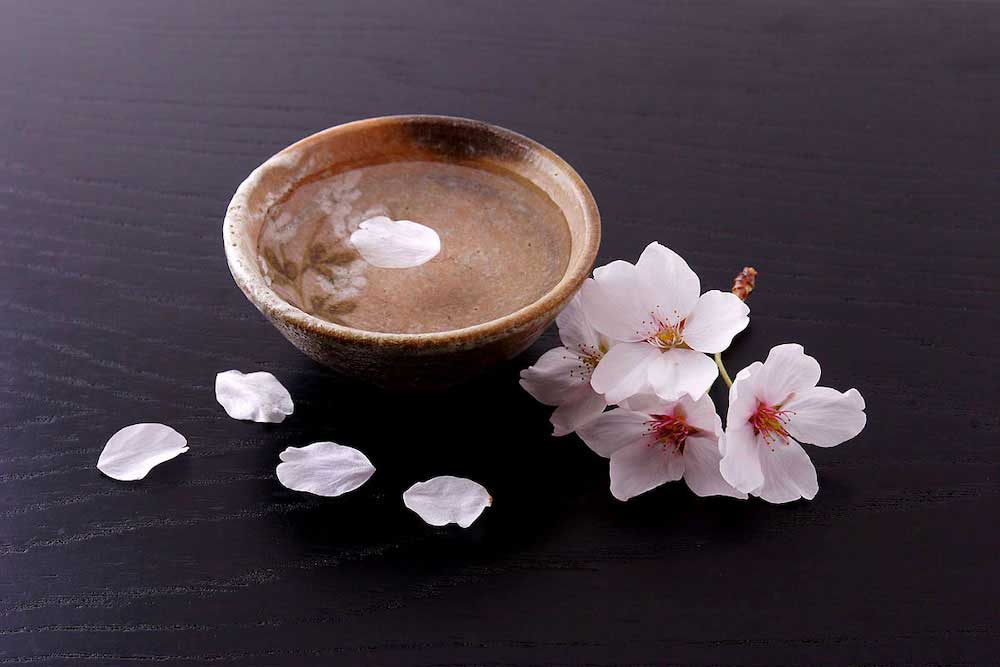
2013年、「和食」が「ユネスコ無形文化遺産」に登録され、近年ますます和食が海外からの注目を浴びるようになっています。
そして職人の繊細な技でつくられた「日本酒」の人気も高まっており、あるアンケートによると、日本に観光で訪れたおよそ8割前後の方々が、「日本滞在中に日本酒を口にした」と回答しているそうです。
今回は、日本の代表的なアルコール飲料である日本酒や焼酎などを英語で説明する表現をまとめました。ご参考になれば幸いです。
ご興味のある方は、当サイトで 英語クイズ(5000問) を出題しておりますので是非ご覧ください。
目次
日本酒と精米歩合の関係
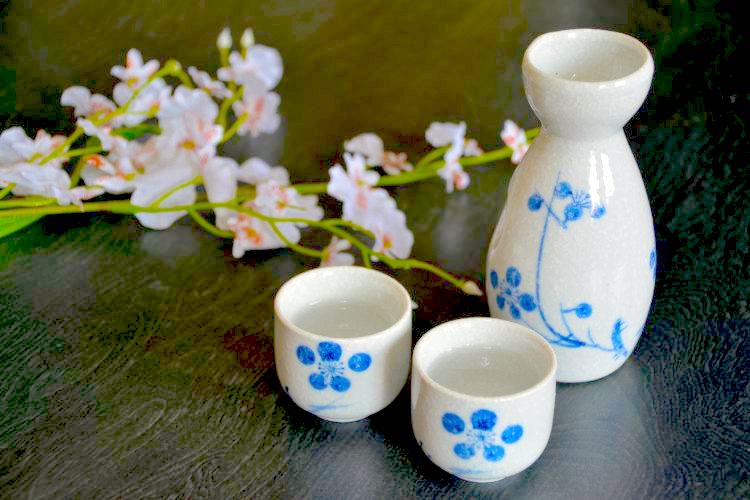
日本酒とは、「清酒」または単に「酒」と呼ばれる日本古来のアルコール飲料で、神道において神に供える御神酒からも分かるように、昔から神聖なものとされてきました。
蒸した白米に麹とお水と酵母を加えてつくりますが、日本酒の味わいを決定づけるもののひとつに、このお米の精白の度合い、つまり「精米歩合」があります。
お米を磨いて残った部分を「精米歩合」、削り取った部分を「精白歩合」と呼び、「精米歩合70%」と「精白歩合30%」は同じ意味になります。
お米は、外側にいくほどたんぱく質や脂質などの栄養素が集中しており、日本酒をつくる上ではこの部分が雑味となってしまい、お酒の風味が損なわれるのだそうです。
日本酒の最高峰である「純米大吟醸」は、この精米歩合が50%以下の吟醸酒を指し、時間と手間をかけて最も磨かれた精米を使ってつくられたことを意味しています。
しかし、精米歩合が高い(精白率が低い)お酒だからといって決して美味しくないわけではなく、香りが控えめで、「お米らしさ」が前面に出た素朴な味わいを楽しめる、という人もいます。
日本酒 / Sake / Nihonshu
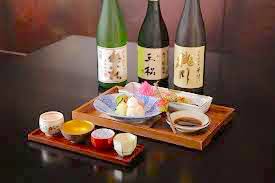
Sake でも通じますが、rice wine や Japanese alcoholic beverage などが一般的です。
Sake generally refers to any type of alcoholic beverage.
(一般的に、「酒」はあらゆる種類のアルコール飲料を指します。)
The word “sake” is often used to mean alcoholic beverages in general.
(「酒」という言葉は、アルコール飲料の代名詞としてよく使われます。)
When we say simply sake, it means “Nihonshu.”
(私たちが単純に「酒」と言う場合は、「日本酒」を指します。)
The history of nihonshu goes back to ancient times.
(日本酒の歴史は、古代にまで遡ります。)
Nihonshu is a fermented liquor made from rice.
(日本酒は、お米からつくられる醸造酒です。)
The ingredients of sake are rice, water, and “koji” (rice malt).
(原料はお米とお水、そして麹です。)
“Koji” is a preparation obtained by growing a kind of mold on boiled rice, barley, etc.
(麹は、お米、大麦などを蒸したものに麹菌を繁殖させてつくります。)
Nihonshu is a traditional Japanese alcoholic beverage produced by fermenting rice.
(日本酒は、お米を発酵させてつくる伝統的な日本のアルコール飲料です。)
Sake is made by adding koji, water, and yeast to steamed rice and fermenting it.
(日本酒は、蒸したお米に麹とお水と酵母を加えて醸造します。)
There are many types of sake that mainly depend on the brewing methods.
(日本酒は醸造方法によって様々な種類があります。)
The quality of sake depends on the quality of rice, water, and the skills of toji (sake brewer), among others.
(酒の善し悪しは、お米とお水の質、そして杜氏の腕によって決まります。)
Sake is divided into daiginjo, ginjo-shu, honjozo-shu, junmai-shu according to seimei-buai (the polishing ratio of the rice material).
(原料となるお米の精米歩合によって、大吟醸、吟醸酒、本醸造、純米酒などに分けられます。)
Junmai-shu is a sake made only with rice, koji and water.
(「純米酒」とは、お米、麹、お水だけでつくられたお酒です。)
Sake made only from rice and koji can be written Junmai-shu.
(原料がお米と米麹のみでつくられたものだけが、「純米酒」と表記することができます。)
Seimai-buai (rice polishing ratio) is a figure indicating the extent to which brown rice becomes white rice.
(精米歩合とは、玄米から白米への精白の程度を表す数値のことです。)
Substances other than starch collect on the surface.
(デンプン以外の成分は、表面に集中しています。)
By polishing the surface of the rice grains, unwanted substances can be removed.
(お米の粒の表面を削ることにより、必要のない成分を取り除くことができます。)
For sake making, brown rice is polished to remove its outer layer, which is rich in proteins and lipids and makes the sake flavor rough.
(日本酒を醸造する際、玄米を磨いて、雑味のもととなるタンパク質や脂質が含まれている外側の部分を取り除きます。)
The polishing ratio of rice influences the quality of sake.
(精米の度合いが日本酒の質に影響します。)
The quality of sake usually depends on seimai-buai (the rice polishing rate), which is indicated by the percentage of the rice grains remaining.
(日本酒の質は通常、精米歩合で示される精米の割合によって決まります。)
Generally speaking, the lower the rice polishing rate, the higher the quality.
(一般的に言うと、精米歩合が低いほど質が高いことになります。)
However, this does not always mean that sake made from highly polished rice is of better quality than sake made from less polished rice.
(かといって、高度に精白されたお米でつくられた日本酒が、精白を控えたお米でつくった日本酒よりも品質が良いとは限りません。)
Sake is unique in that it can be enjoyed chilled, at room temperature, or warmed.
(日本酒は、冷やしても常温でも温めても美味しくいただけるのが特徴です。)
Warmed sake is absorbed by the body more quickly, and in winter, it warms you up.
(温めた日本酒を飲むと酔いが早く回り、冬には体が温まります。)
It is wonderful to drink warmed sake with meals during the cold winter.
(寒い冬に、温かい日本酒とともに食事をするのは格別です。)
Sometimes, it is added to fish dishes to mask the smell of the fish.
(お魚の生臭さを消すために用いられることもあります。)
・杜氏(とうじ) とは、日本酒の醸造を行う職人さんまたは酒蔵の最高責任者を指します。
純米大吟醸酒
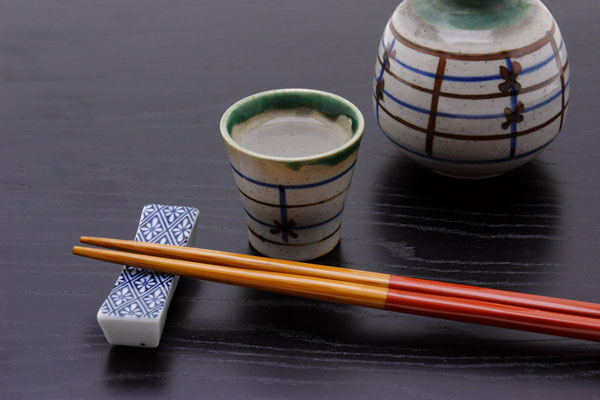
日本酒の最高峰とされる「純米大吟醸酒」は、高級な酒米を半分以上削り、精米歩合が50%であることが条件です。
Junmai-Daiginjo-shu is the finest sake which is made only from rice with a polishing ratio of less than 50%, and koji.
(純米大吟醸酒は、精米歩合が50%以下のお米と米麹だけでつくられた最高級の日本酒です。)
Daiginjo is a super premium sake made from highly polished rice.
(大吟醸は、最も磨かれた(精米歩合が50%以下)お米でつくられた最高ランクの日本酒です。)
Daiginjo is premium sake made from only the best part of rice outer layer that has been polished away.
(大吟醸は、お米の外側を磨いた、つまり最も雑味のない部分のみを使った高級な日本酒です。)
焼酎 / Schochu
日本酒との違いは、日本酒は「醸造酒」ですが、焼酎は「蒸留酒」ということです。
蒸留酒は、穀類や芋類などをアルコール発酵させて蒸留してつくります。
単式蒸留酒(乙類)と連続蒸留酒(甲類)に分けられ、文字通り蒸留の回数によって違いがあります。
その違いも含めて、英語で説明する表現をご紹介します。
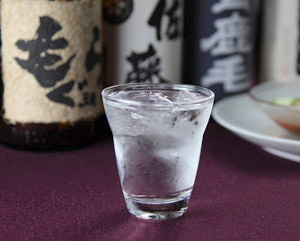
Shochu is a type of strong Japanese alcoholic beverage.
(焼酎は、アルコールの強い日本のお酒の一種です。)
Shochu is a Japanese distilled spirit made from rice, wheat, sweet potatoes, sugar cane, etc.
(焼酎とは、お米、麦、サツマイモ、サトウキビなどを原料とする日本の蒸留酒です。)
Shochu is a Japanese alcoholic beverage, most commonly distilled from rice, barley, sweet potatoes, or buckwheat after fermenting with koji.
(焼酎とは、主にお米、大麦、サツマイモ、蕎麦の実などを麹で発酵させたあとに蒸留した日本のアルコール飲料です。)
They are divided into kome-shochu, mugi-shochu and imo-jochu according to their ingredients.
(使われる原料によって、米焼酎、麦焼酎、芋焼酎などに分けられます。)
Shochu is relatively inexpensive, and you can enjoy the distinctive aroma of its main ingredients.
(焼酎は比較的安価で、主原料からくる独特の香りを楽しめます。)
Shochu is higher in alcohol content than sake, it has 20% to 45% alcohol by volume.
(焼酎は日本酒よりもアルコール度数が高く、20%から45%ほどです。)
There are tanshiki-joryu-shu (single distillation) and renzoku-joryu-shu (continuous distillation) in shochu.
(焼酎には「単式蒸留酒」と「連続蒸留酒」があります。)
Tanshiki-joryu-shu refers to shochu made by a single distillation process.
(単式蒸留酒とは、一度のみの蒸留でつくられた焼酎を指します。)
Tanshiki-joryu-shu is called honkaku-shochu (genuine shochu).
(単式蒸留酒は、「本格焼酎」と呼ばれています。)
Honkaku-shochu (genuine shochu) retains the flavor of the original ingredients.
(本格焼酎は、原料の香りや風味を保っています。)
To make honkaku-shochu (genuine shochu), the ingredients need to be of high quality.
(本格焼酎をつくるには、原料が高級である必要があります。)
Because of its distinctive flavor, it is not suitable for mixing with other drinks.
(香りが独特なので、他の飲み物と混ぜるのには向いていません。)
It is usually drunk on the rocks or mixed with iced or hot water.
(このタイプの焼酎は、ロック、水割り、お湯割りなどで飲まれます。)
Renzoku-joryu-shu (continuous distillation) is similar to vodka, having little flavor of the original material.
(連続蒸留酒はウォッカに似ており、原料の香りがほとんどありません。)
Through continuous distillation, alcohol of a high purity can be made.
(連続蒸留することにより、純度の高いアルコールをつくることができます。)
Renzoku-joryu-shu consists mostly of alcohol and water.
(連続蒸留酒は、主にアルコールとお水から成っています。)
It is suitable for mixing with other drinks in various cocktails.
(このタイプの焼酎は、他の飲み物と混ぜて様々なカクテルにするのに向いています)
It is usually drunk mixed with tea or juices.
(通常、お茶やジュースなどで割って飲まれます。)
お酒に関する表現
| ロック | on the rock |
| 水割り | shochu with water |
| お湯割り | shochu with hot water |
| お茶割り | shochu with green tea |
| 酎ハイ | shochu and soda |
| 辛口 | dry |
| 甘口 | sweet |
| 濃厚な | rich |
| 軽い | light |
| 芳醇な | mellow |
| コクのある | full-bodied |
| 飲みやすい | easy to drink |
| フルーティな | fruity |
| キレのある | crisp flavor |
| 繊細な味わい | delicate taste |
| 新鮮な | fresh |
| 香り高い | high aromatic |
| バランスの良い | well-balanced |
| 余韻のある | good length |
| さっぱりとした | refreshing |
| 飲みやすい | smooth |
